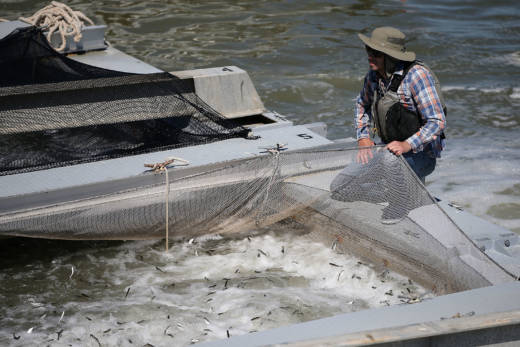Federal fisheries officials said Tuesday they will consider putting the Klamath River’s once-flourishing wild spring-run chinook salmon on the list of threatened or endangered species.
The National Marine Fisheries Services plans a 12-month review on whether to give protected status to the salmon in and around the Klamath River.
Spring chinook, historically the first chinook salmon to return from the ocean each winter, were once one of the most abundant salmon in the region, important to tribes, fishermen and wildlife.
Northern California’s Karuk tribe, which joined the Salmon River Restoration Council environmental group in petitioning for more protections for the fish, says the run is nearly extinct.
Conservationists have pointed to Klamath River dams, which stop chinook from reaching historic spawning grounds, as a major factor in the decline of the spring run.

